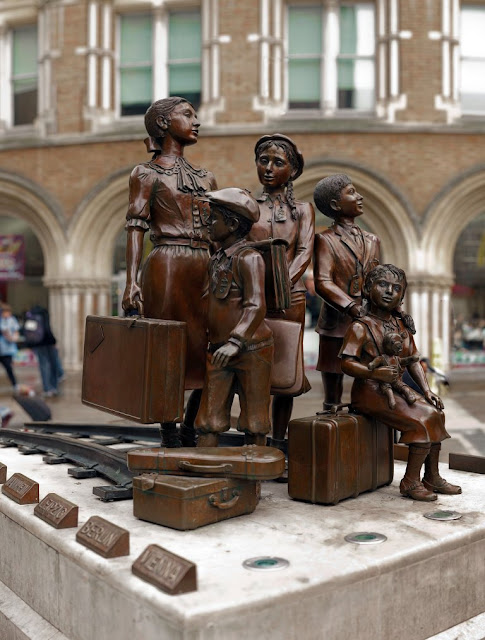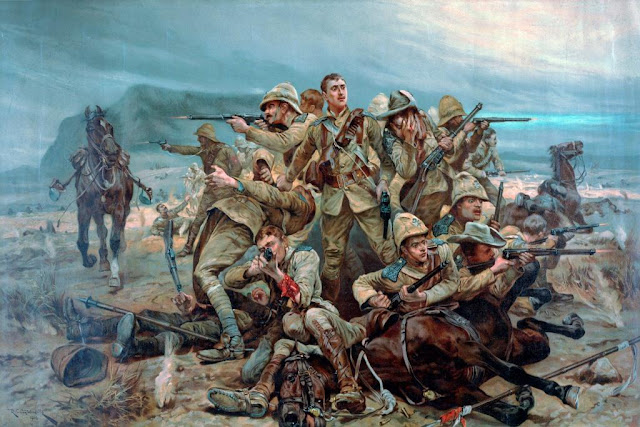WW2 75.3: The Austrian maids

Continued from https://budleighpastandpresent.blogspot.com/2020/07/ww2-75-yes-budleigh-was-bombed.html ' Moorcroft', Lansdown Road, offered by Lord Clinton to Belgian refugees in Budleigh during World War One. Perhaps Austrian Jewish refugees were offered work as maids in the 1930s in grand Budleigh houses like this. Moved and curious as I am when reading stories of the plight of refugees, especially those who have somehow found themselves in our local area, I am continuing on the theme of an earlier post about the German Jewish boy R. Muller, who was evacuated to Budleigh during World War Two. Sadly no one has yet contacted me to say that they knew him, but at Exeter Synagogue they are making enquries. A 1915 poster published by the Parliamentary Recruiting Committee, London. It shows a soldier standing defiant as a woman and child flee a burning village in Belgium Image credit: www.loc.gov The early years of World ...


